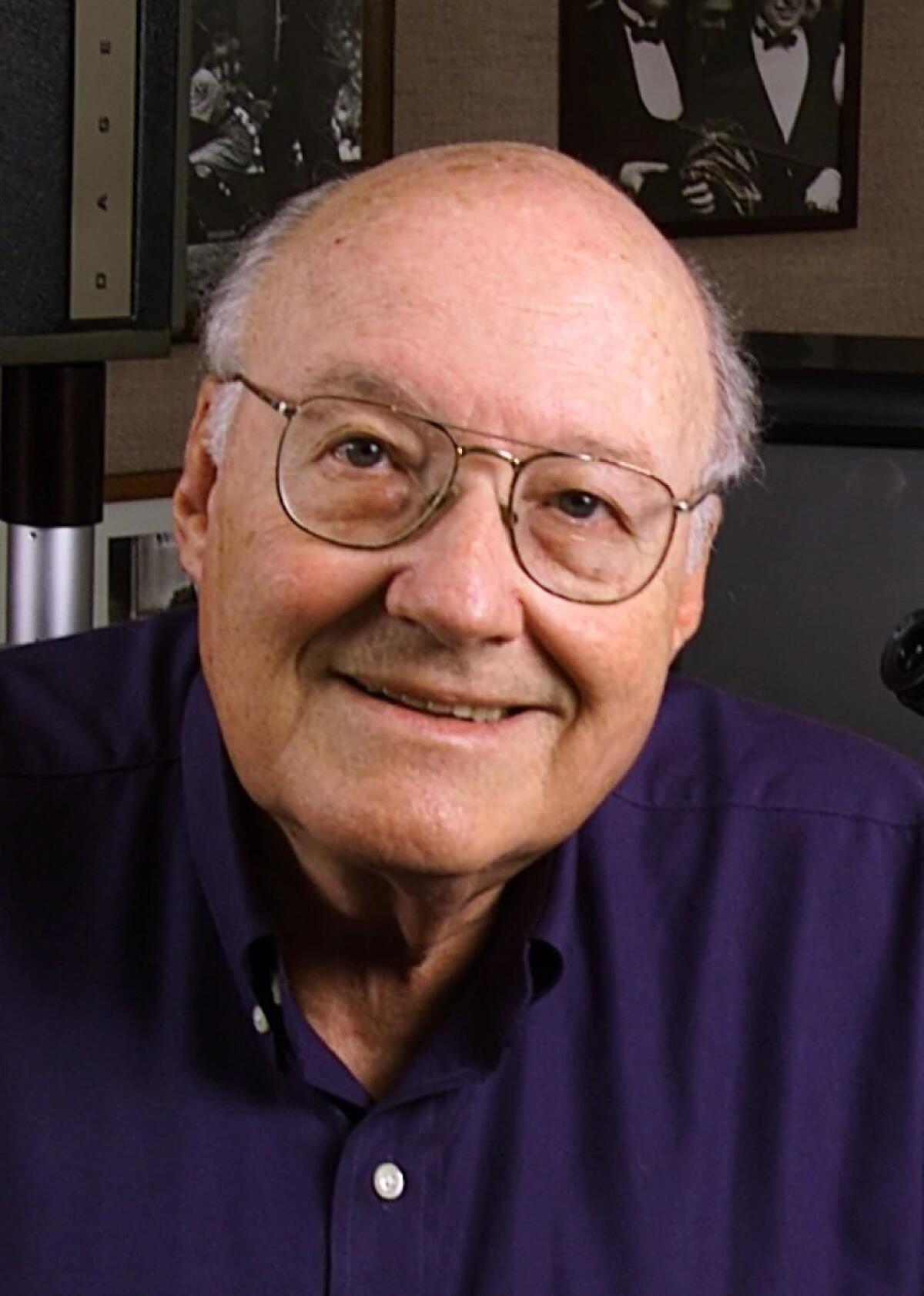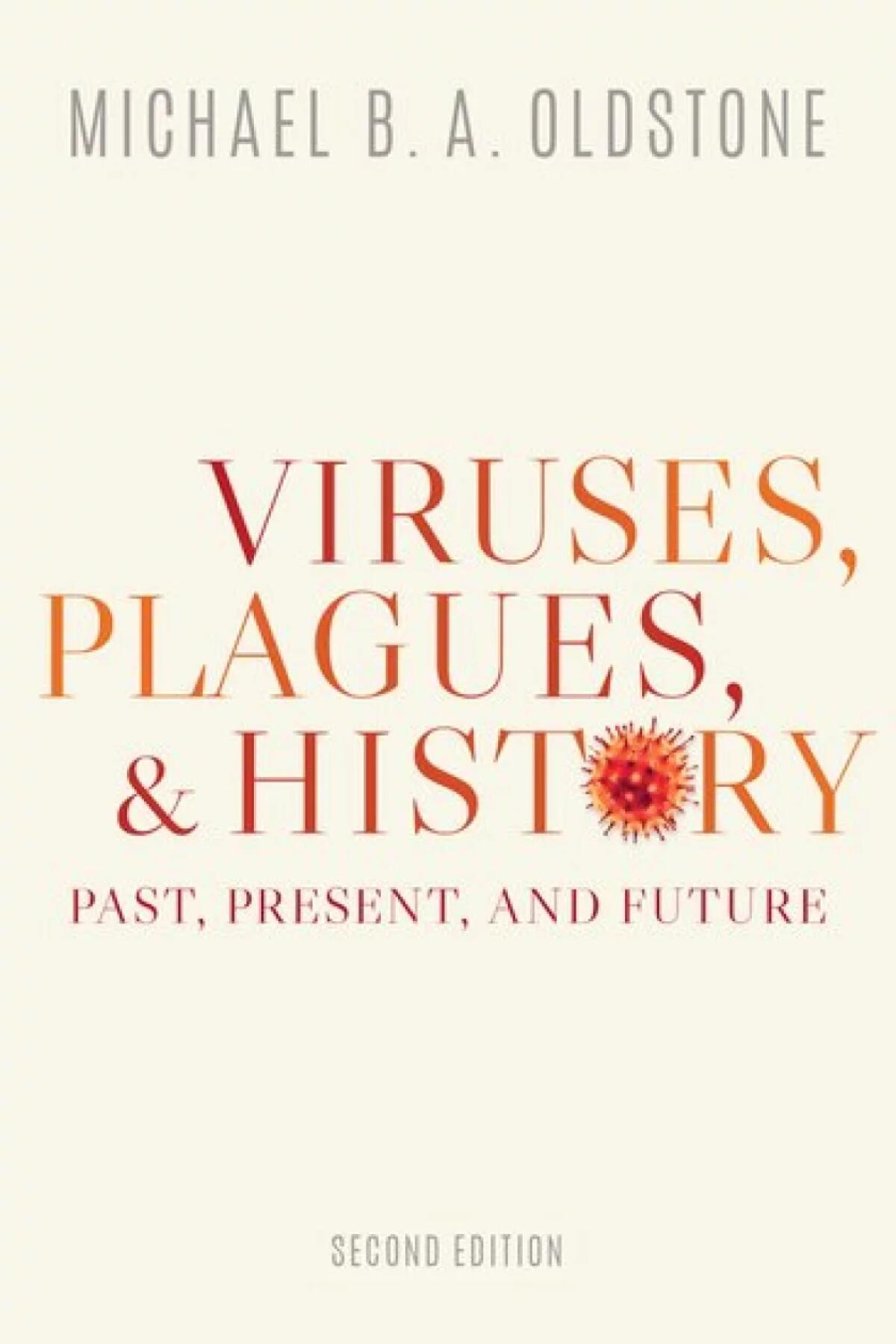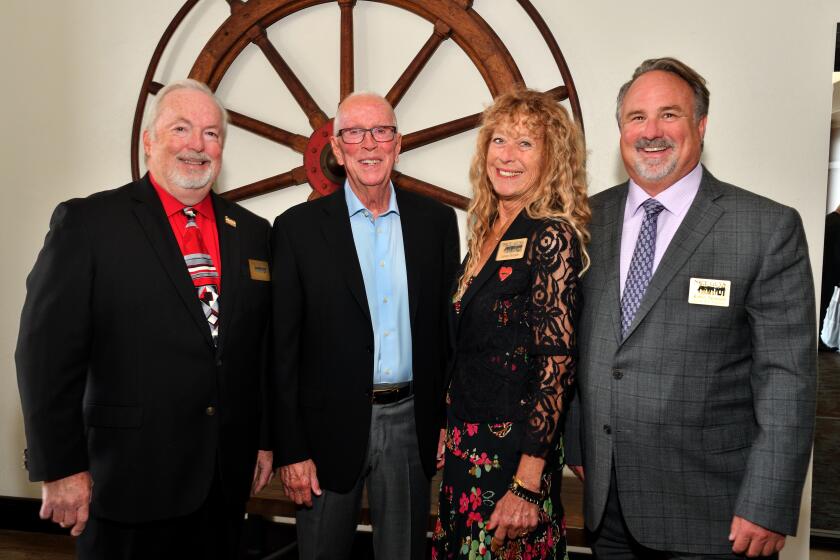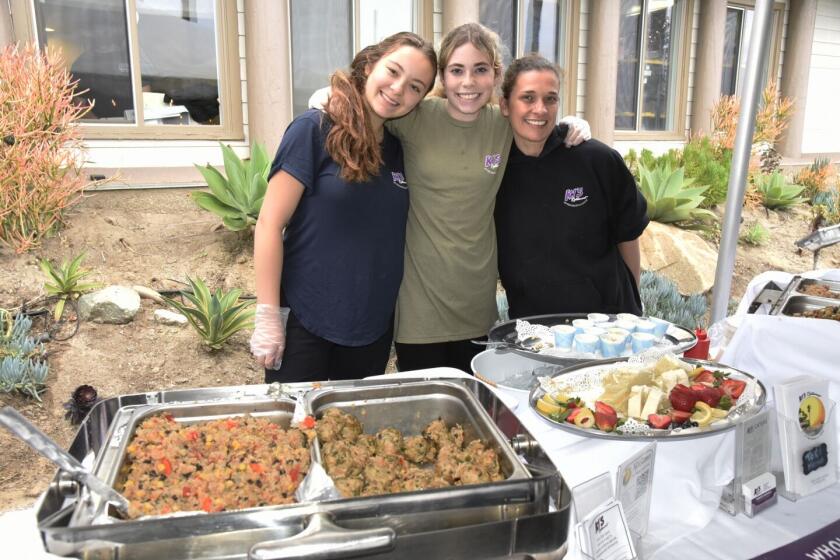Researcher and author of ‘Viruses, Plagues & History’ optimistic about battling new viruses in the future
Michael Oldstone was just 11 years old when he read a book that influenced his life’s work — Paul de Kreuf’s “Microbe Hunters,” about the scientists who tracked the microscopic villains that caused deadly diseases.

“I thought, my God, this is the kind of adventure I would like to do,” said Oldstone, a La Jolla resident who studied history and English as an undergraduate and then attended medical school at the University of Maryland. Oldstone came to work at La Jolla’s Scripps Research Institute in 1966, and ran a lab focused on the emerging field of viral immunology, or how viruses cause disease. Oldstone, now a professor emeritus at Scripps, closed his lab two years ago after some 50 years.
The onset of the coronavirus pandemic prompted him to update his 1998 book, “Viruses, Plagues & History,” in 2020, with sections on COVID-19, Zika, and today’s anti-vaccination movement.
Soon after starting medical school, said Oldstone, he was still unsure he was on the right career path when he was selected randomly by a professor to work with a patient who had meningitis. The medical students first extracted spinal fluid with a needle, then examined the fluid under a microscope.
“I said this is really what I want to do, I’m in the right place,” he said.
After medical school, he trained in virology and immunology, which brought him to Scripps Research to study with two of his mentors, Karl Habel and Frank J. Dixon.

Among the accomplishments he is most proud of, said Oldstone, was training 86 post-doctoral fellows and three graduate students, some of whom have gone on to become leaders in the fields of virology and immunology.
Oldstone wrote the update to his book early in the spring of 2020, while people in many countries were still under lockdown orders and vaccines had yet to be developed. But he expressed confidence in the ability of scientific innovation to gain control over the virus that causes COVID-19, which he called a “cunning foe.”
“As with polio in 1953, as with the Spanish flu a century ago, and as with smallpox and a host of other diseases, COVID-19 will eventually be contained, and the fear of this particular pandemic vanquished. People will emerge from their homes, gather in large groups, return to school and work. But we cannot afford to let uncontrolled pandemics happen again. We must learn from this unprecedented experience to better prepare ourselves for future viral attacks, because if the centuries-long affair between humans and viruses has taught us anything, it is that there will be more,” Oldstone wrote.
The book is now in its 3rd edition, covers more than 15 different viruses and has been translated into six languages, said Oldstone. The book places the viruses in a historical context, describing how these microbes affected and shaped the societies where they took root.
For example, outbreaks of yellow fever among French troops in what is now Haiti helped convince Napoleon that he would be unable to defend his territories, paving the way for the Louisiana Purchase in 1803, Oldstone said.
Viruses such as smallpox and measles were carried to the New World by Europeans, which decimated native populations.
“Thus, viruses played a commanding role in the defeat of America’s native warriors, the conquest by Europeans throughout much of this continent, the dramatic increase of the slave trade, and the manifest destiny of western expansion across the United States,” Oldstone wrote.
Oldstone, who celebrated the birth of his first great-grandchild a few months ago, said he set out to write his book with an eye toward the younger generation, hoping the volume would inspire others to enter scientific fields much as he was inspired as a young boy.
He’s been gratified over the years to hear of people who said his book influenced their decision to study medicine or other related fields. That includes a Rancho Santa Fe teenager who recently published her own young adult novel.
In an interview with the Rancho Santa Fe Review, Allison Moores cited Oldstone’s book as one of her all-time favorites, prompting Oldstone to reach out to Allison and begin a correspondence.
Allison, who wants to pursue a career in science, wrote in an email, “Dr. Oldstone took the time to reach out and to offer advice and guidance, and that meant a world to me. What struck me the most was that after all his lifetime accomplishments, awards and recognitions, Dr. Oldstone was most excited to talk about the mentors who made a difference in his life, and I know he has made a difference in the lives of many scientists he in turn mentored.”
Oldstone said he’s optimistic that today’s youth will be up to the challenge of battling new viruses as they emerge.
“We can make enormous progress if we spend resources and attract people to work in the field,” he said.
“And the people that make progress will be people like Allison and those she influences.”
“Viruses, Plagues & History” is available for $19.95 through Amazon or at bit.ly/oldstonevirusbook.
Get the RSF Review weekly in your inbox
Latest news from Rancho Santa Fe every Thursday for free
You may occasionally receive promotional content from the Rancho Santa Fe Review.









